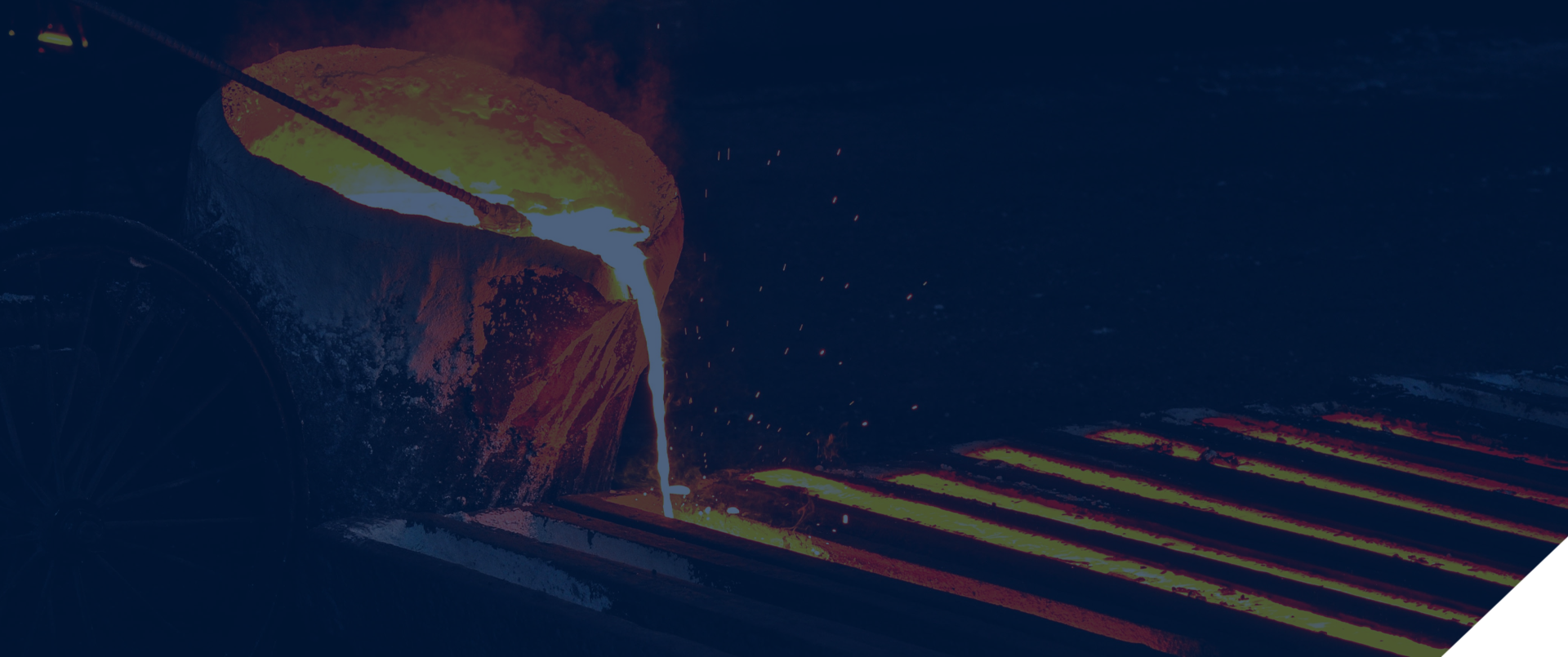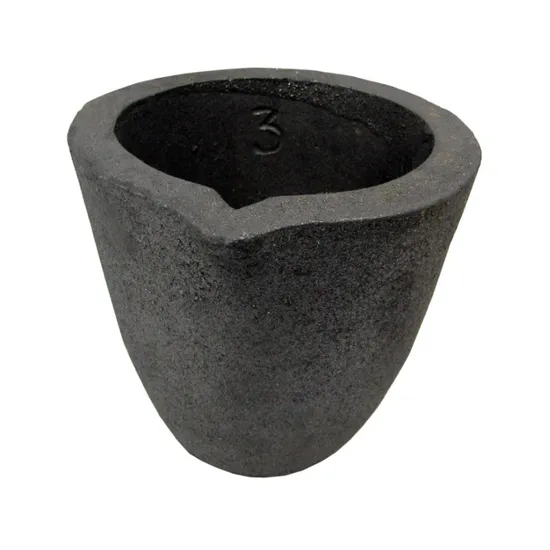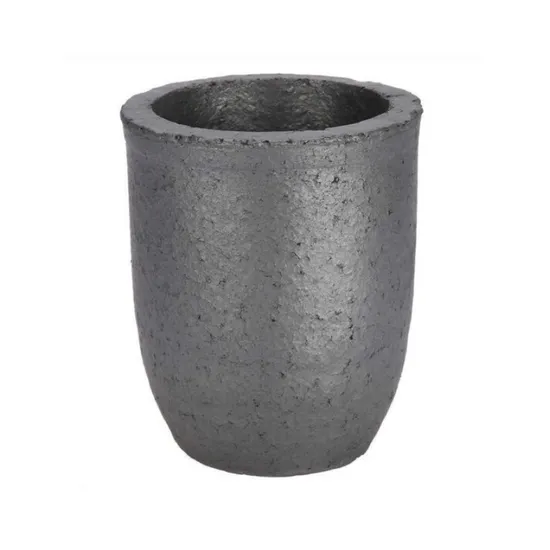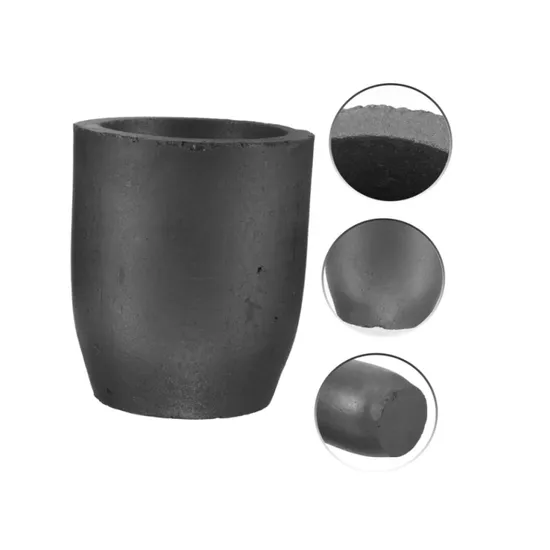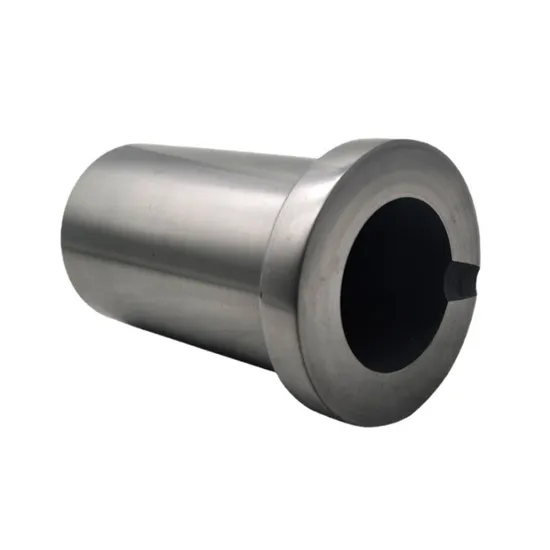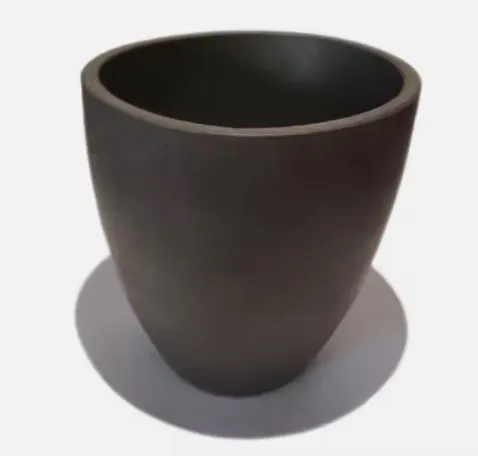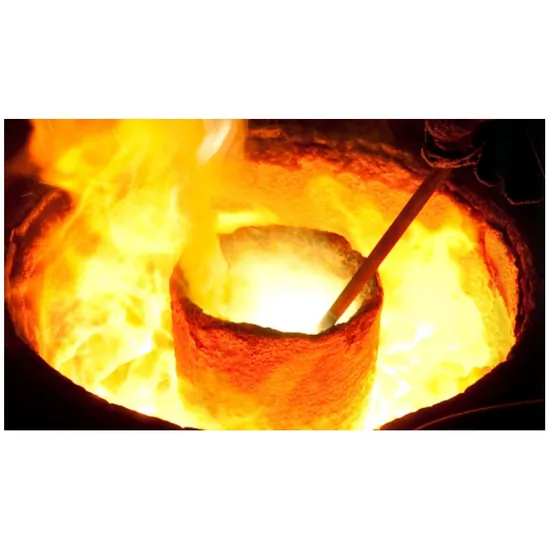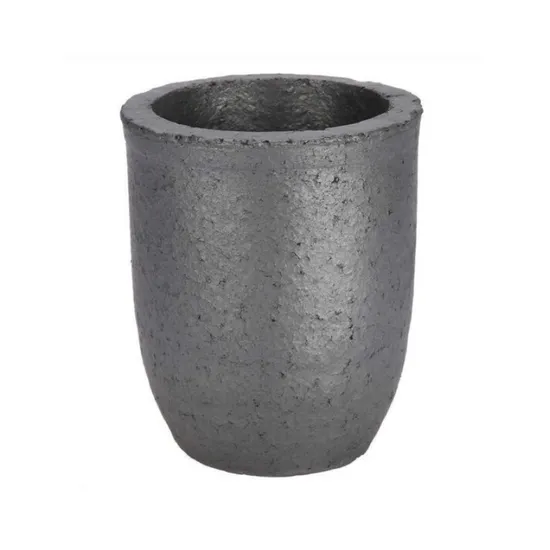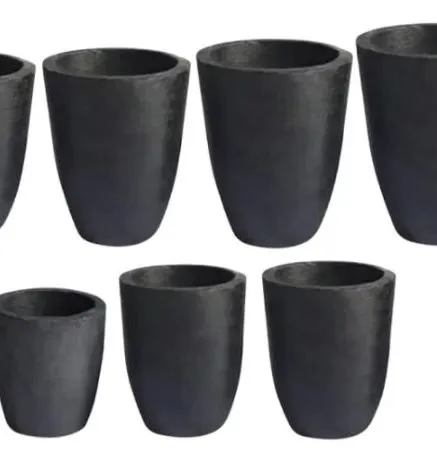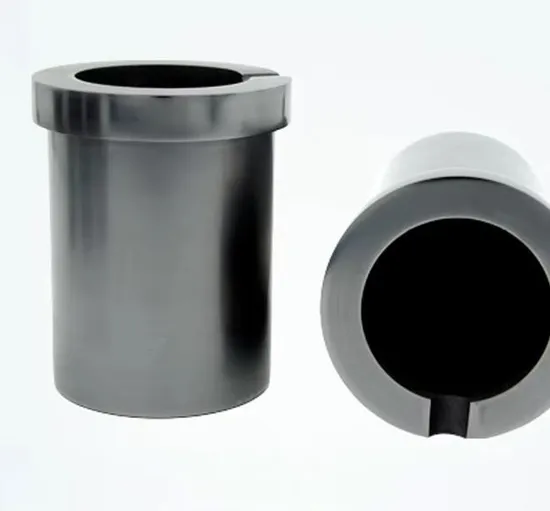- Englist


Graphite crucibles are high-performance containers made from pure graphite, designed to withstand extremely high temperatures and intense thermal shock. They are primarily used in the melting and casting of metals, such as gold, silver, aluminum, and other non-ferrous metals, due to their excellent thermal conductivity and resistance to heat. Graphite crucibles offer superior heat retention, ensuring that metals remain molten for extended periods, which is essential in casting processes.
The material’s resistance to chemical corrosion and oxidation makes graphite crucibles ideal for use in harsh environments. They can maintain structural integrity even under extreme conditions, ensuring durability and long service life. Graphite's smooth surface also helps in reducing material waste and contamination, ensuring a clean and precise casting process.
What Is A Graphite Crucible?
A graphite crucible is a high-temperature container made from graphite, primarily used for melting and holding materials such as metals, alloys, and other substances that require heating to elevated temperatures. Graphite, being a form of carbon, possesses unique properties, including excellent thermal conductivity, high resistance to thermal shock, and exceptional heat retention, which make it the ideal material for crucibles used in high-temperature applications.
Graphite crucibles are commonly used in the metallurgical industry for melting metals such as gold, silver, copper, aluminum, and other non-ferrous metals. The crucible's ability to withstand extreme heat—often up to 3000°C—makes it indispensable for processes like casting, refining, and smelting. Graphite’s excellent conductivity ensures that heat is evenly distributed, allowing metals to remain in a molten state for longer periods, which is crucial for precise casting.
In addition to their thermal properties, graphite crucibles are chemically resistant, meaning they can withstand reactions with metals and other substances without degrading. This is particularly important in environments where chemical reactions occur during the melting process. The material's low reactivity also ensures that the purity of the melted metals is maintained, preventing contamination.
Graphite crucibles are also valued for their lightweight nature and ease of handling compared to other high-temperature containers, such as ceramic crucibles. They are also capable of enduring rapid temperature fluctuations without cracking or warping, which makes them ideal for use in both small-scale and industrial furnaces. The smooth surface of the graphite helps reduce material loss and contamination during the casting process, contributing to higher precision and efficiency.
Available in a variety of shapes and sizes, graphite crucibles are widely used in foundries, laboratories, and other industries where precise, high-temperature melting and handling of materials are required. Their durability, combined with their resistance to oxidation and corrosion, makes graphite crucibles an essential tool in many high-performance and industrial applications.
Can You Melt Steel In A Graphite Crucible?
Yes, you can melt steel in a graphite crucible. Graphite crucibles are ideal for high-temperature applications because they can withstand temperatures above 3000°C and resist thermal shock. Since steel melts at around 1370–1510°C, graphite crucibles are more than capable of handling the heat.
Additionally, graphite is chemically stable and won’t react with most metals, including steel. However, it’s important to use a proper furnace, such as an induction or propane furnace, to reach the necessary temperature. Always ensure good ventilation and safety gear when melting metals. With proper handling, graphite crucibles are a reliable choice for melting steel.
